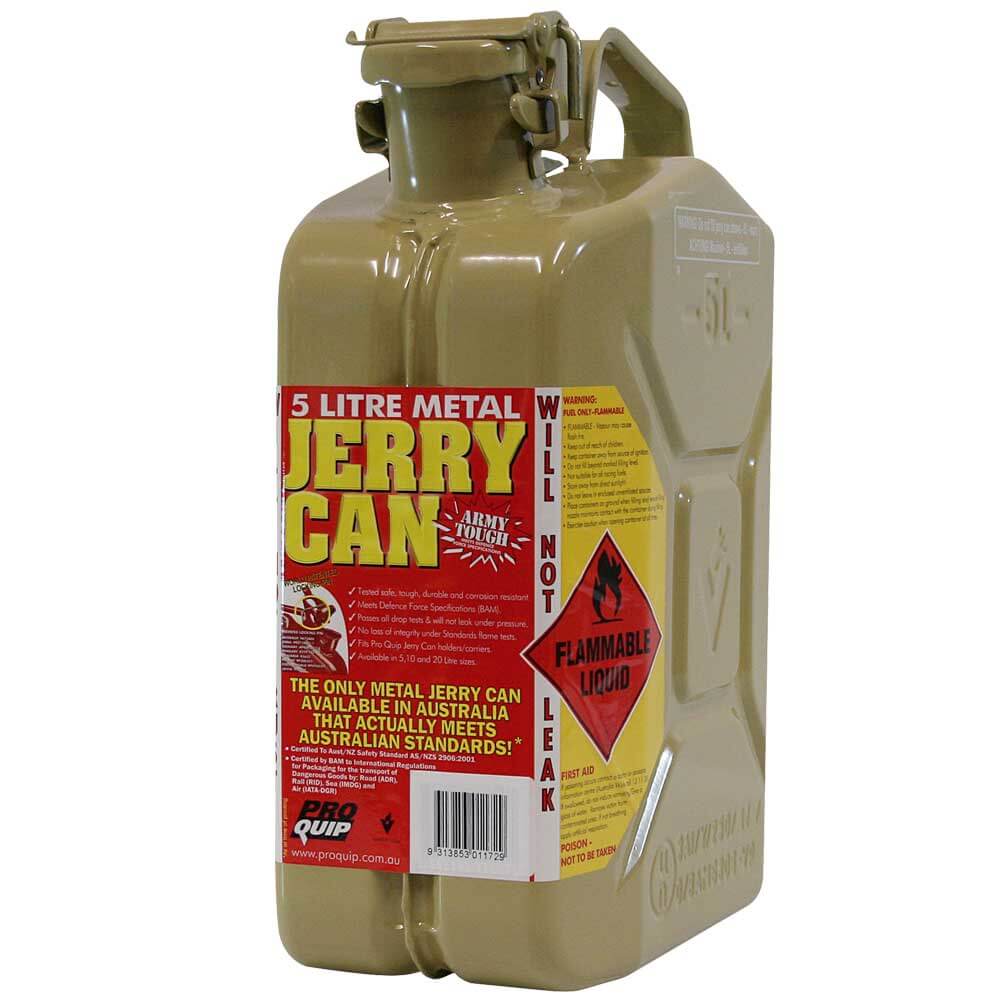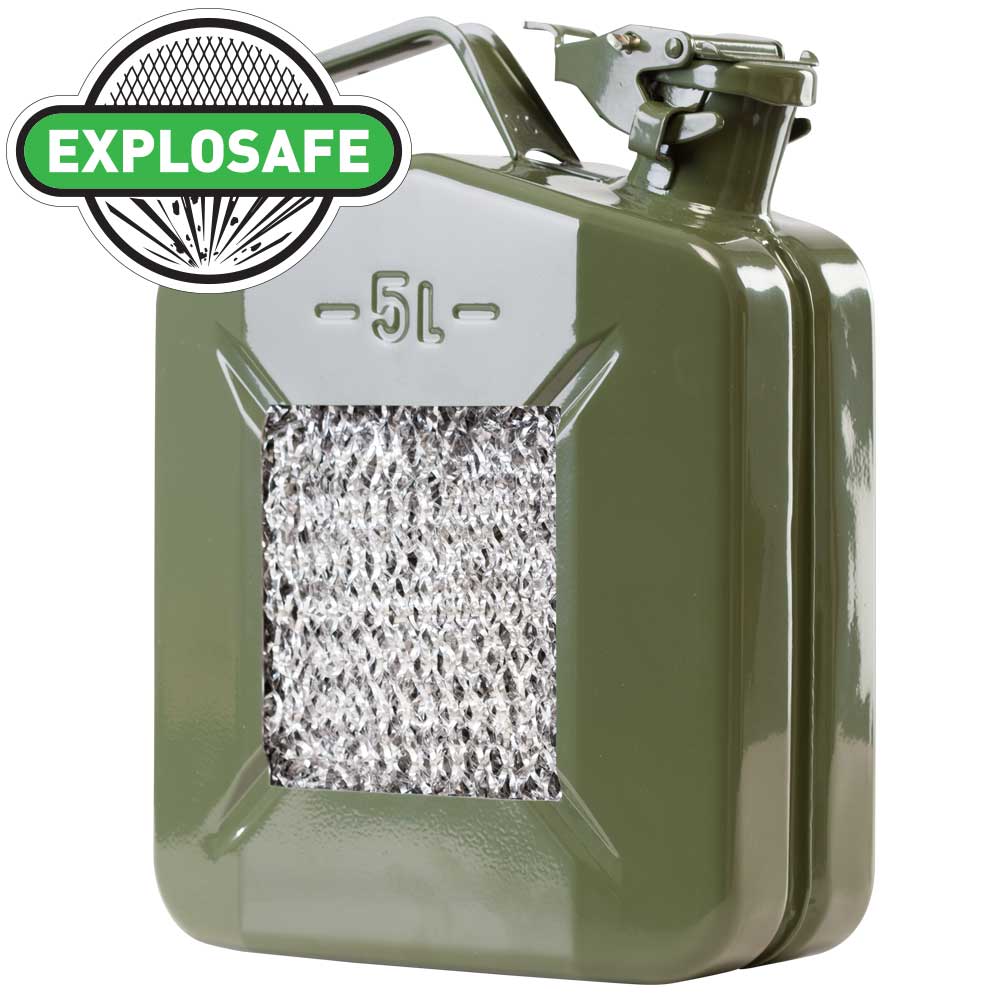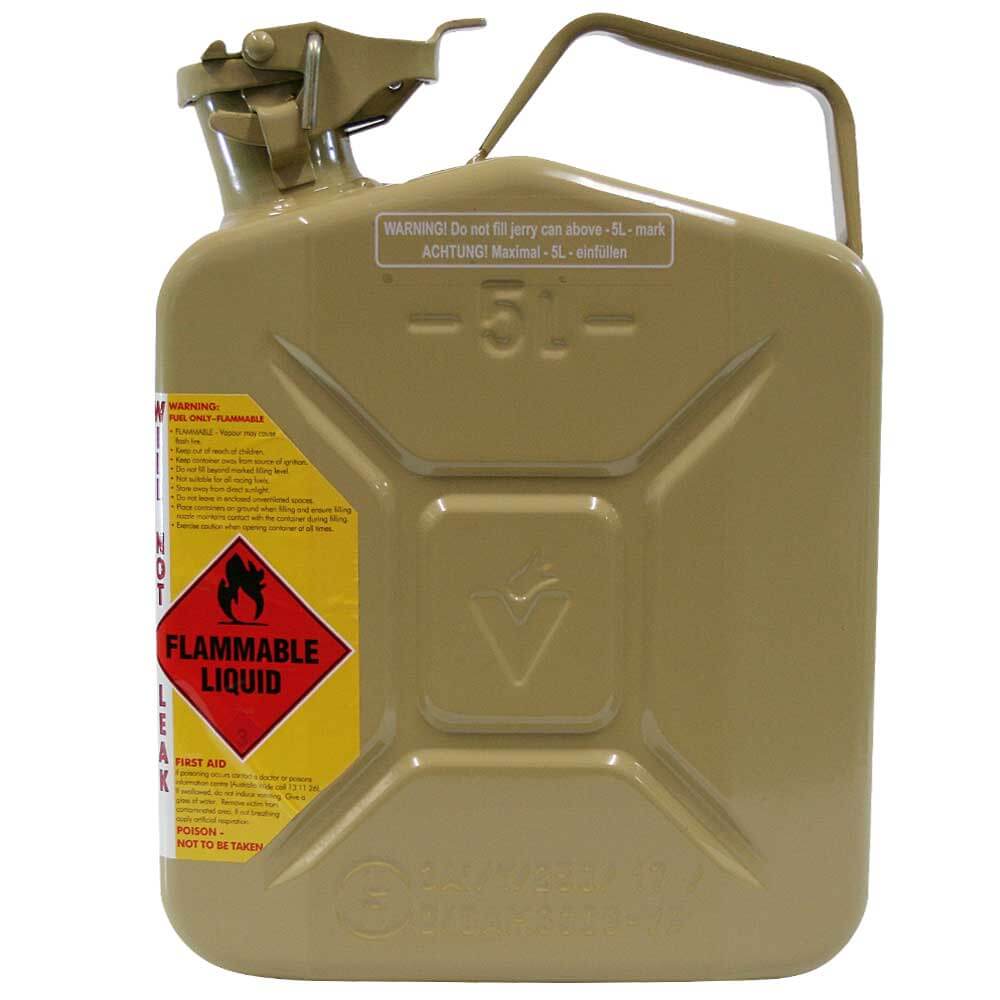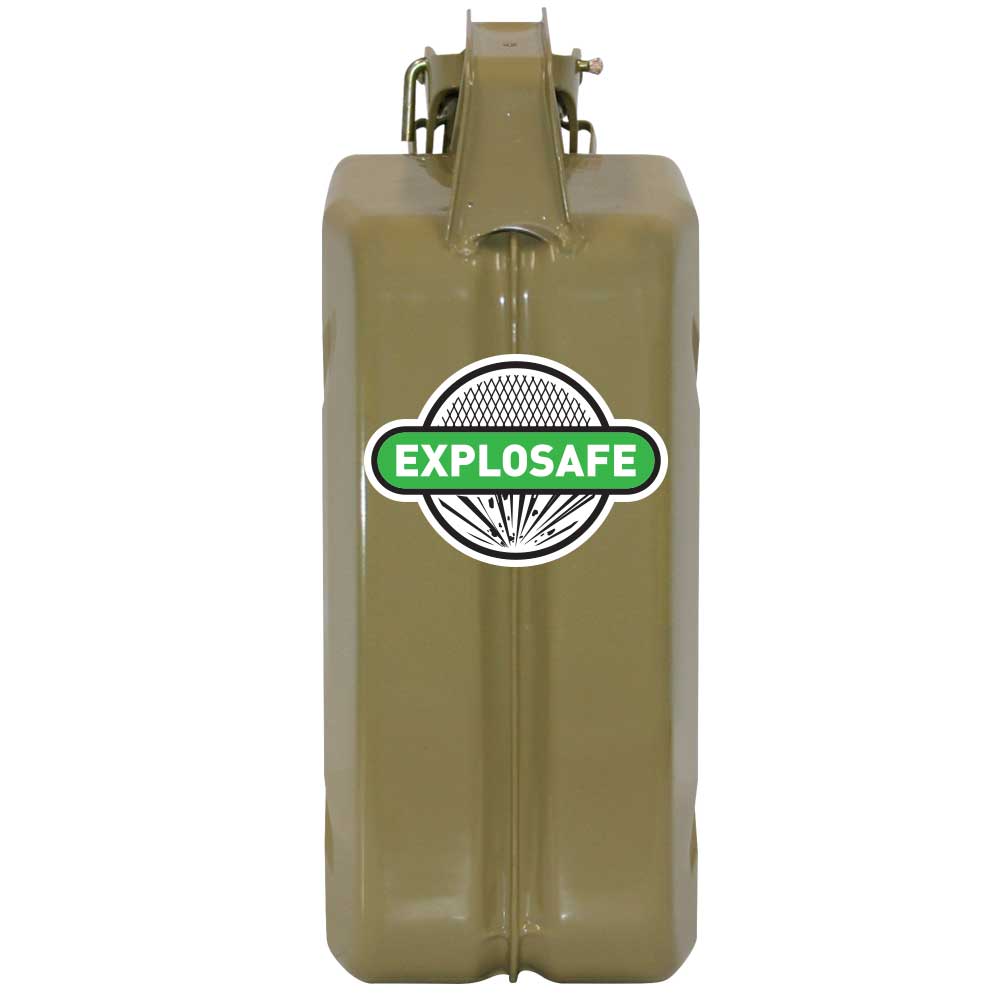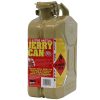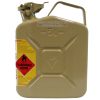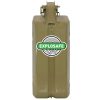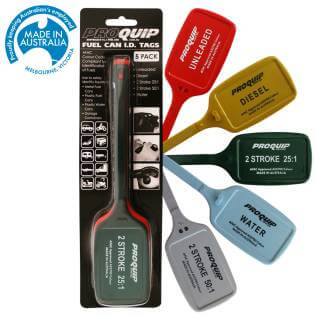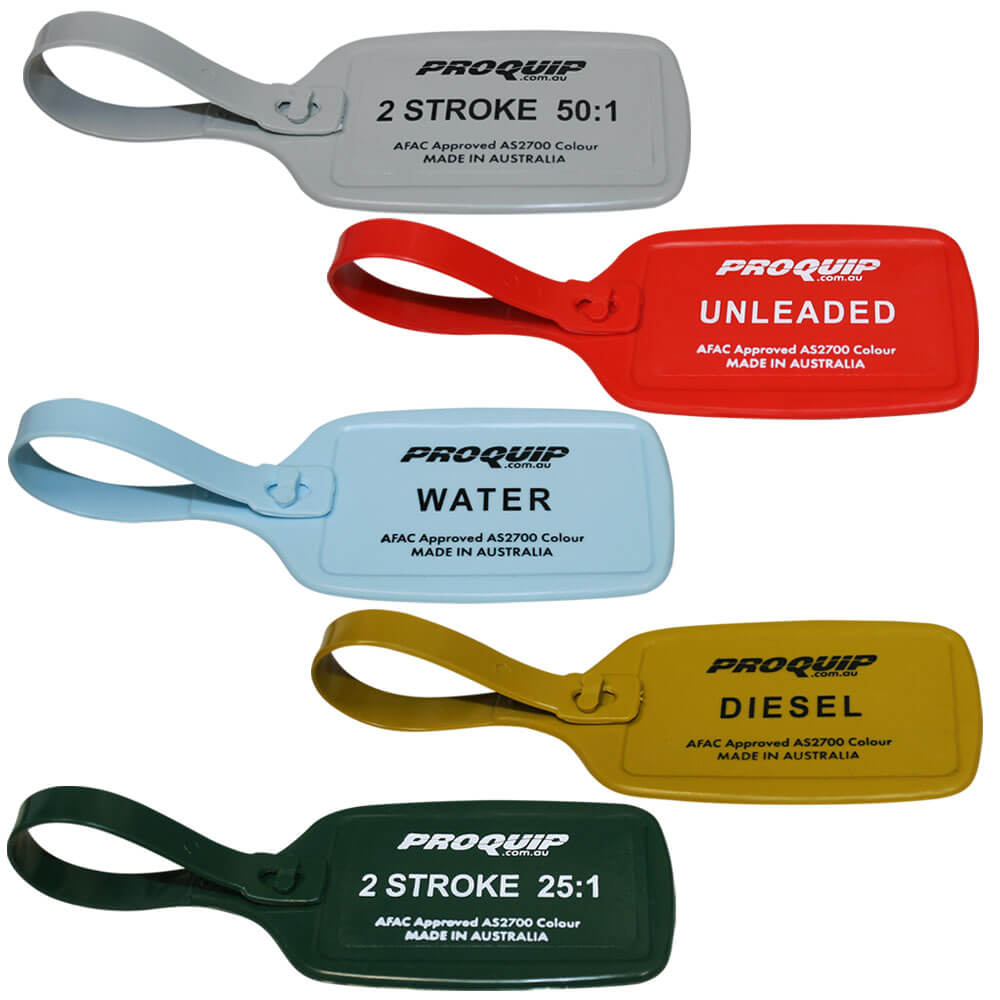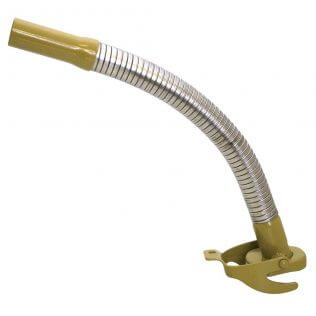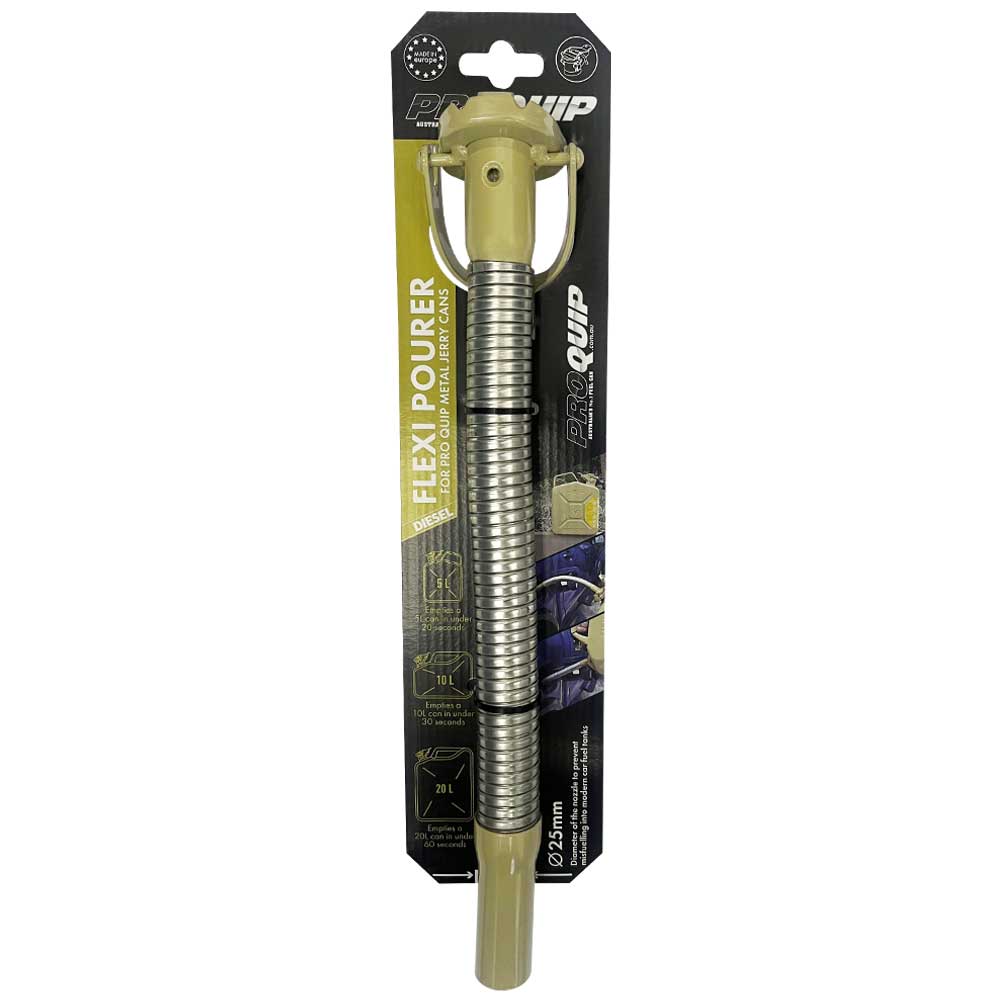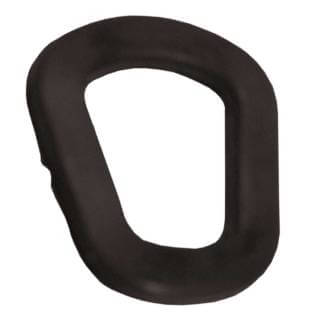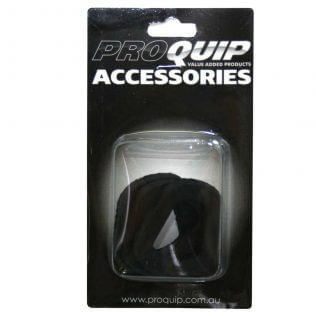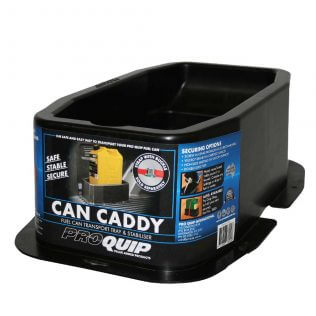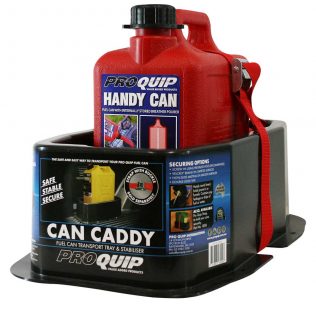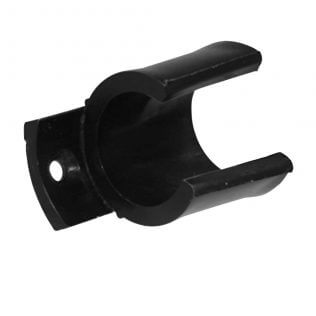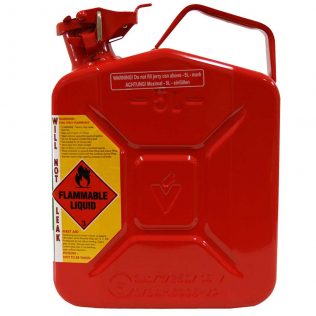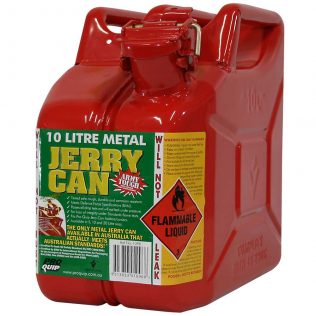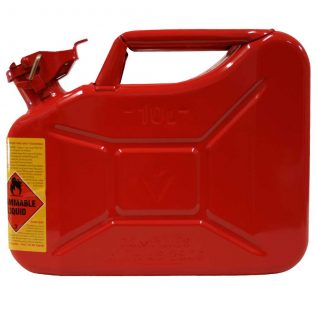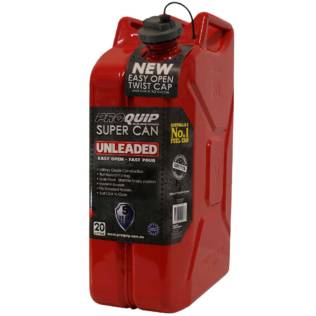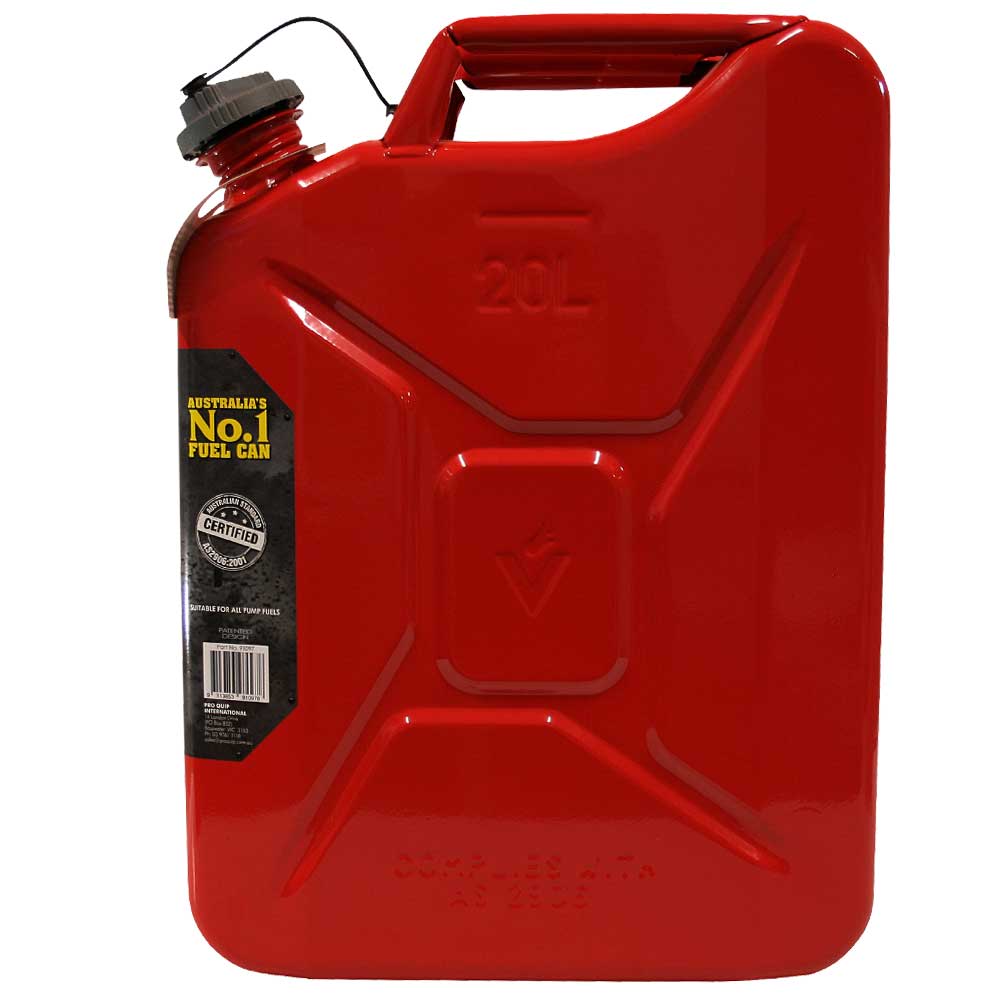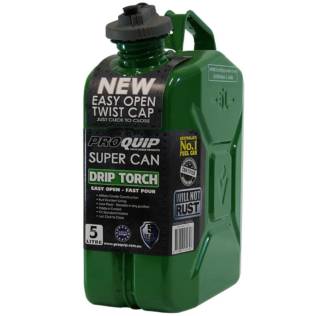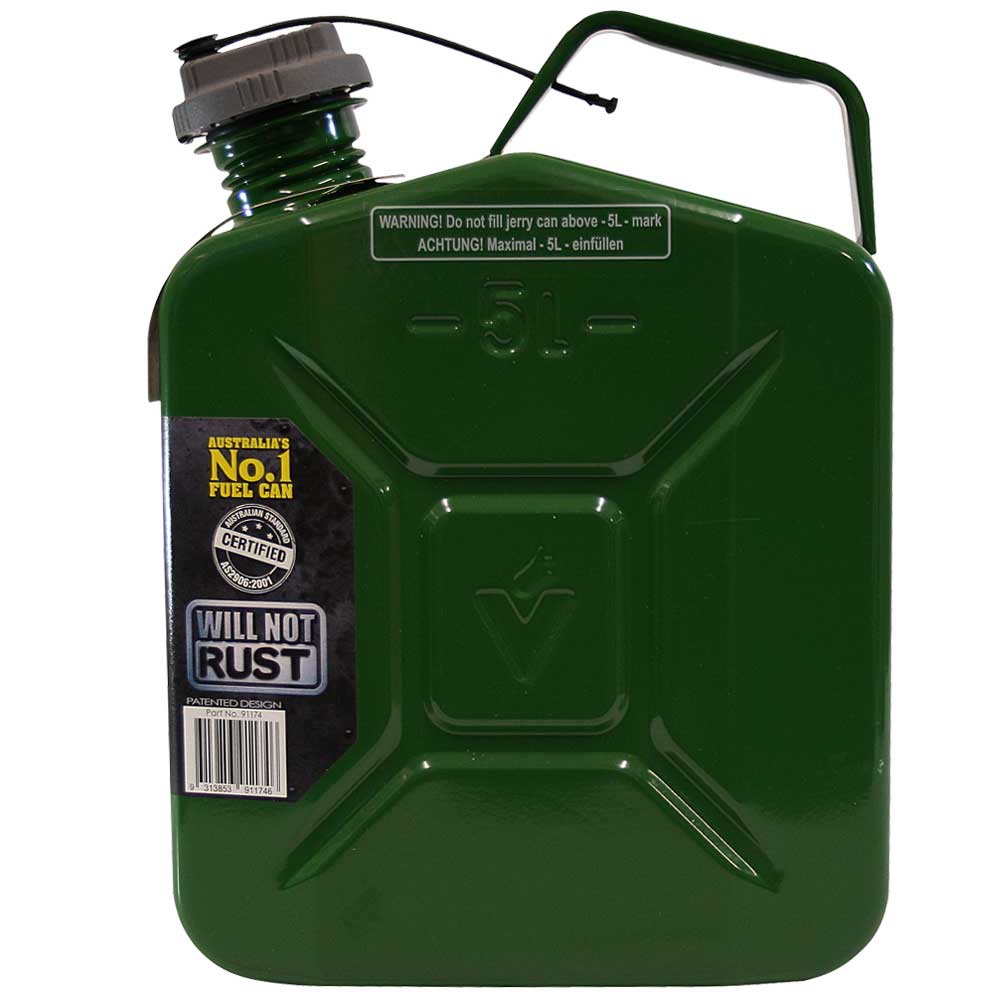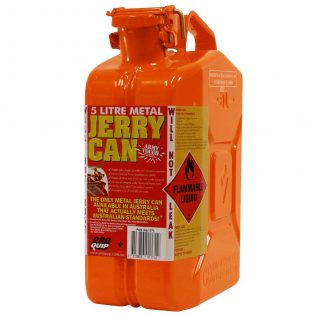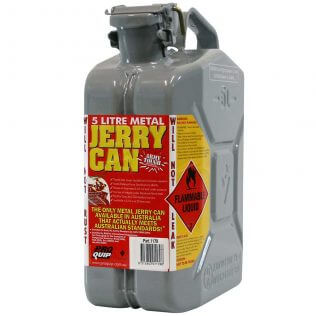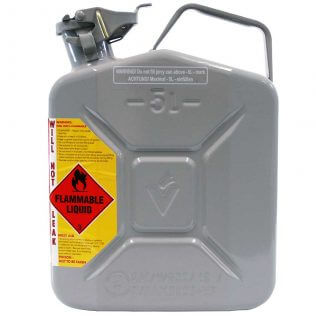Explosafe – How and why it works.
The Explosafe Explosion Prevention System™ relies on a precision engineered proprietary aluminium alloy mesh to provide extraordinary protection from explosive combustion in fuel tanks and other vessels containing flammable liquids and gases. The Explosafe special aluminium alloy has been developed to provide rapid thermal conductivity, rigid mesh structure, crush strength and superior corrosion resistance. This proprietary alloy is then custom machined in patented equipment to create an extraordinarily lightweight aluminium alloy mesh which, when installed in a fuel tank or other vessel containing flammable liquids or gases, will prevent explosive combustion.
The Explosafe Explosion Prevention System is the result of over fifteen years of research, development and engineering in Germany and has been conclusively demonstrated to prevent explosive combustion in fuel tanks and other vessels containing flammable liquids and gases.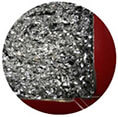
General Description
Explosafe is the result of more than 10 years of research and development to achieve the optimum shape and material configuration, and the product, production process and machinery are protected internationally by patents.
The special aluminium alloy used in the Explosafe has been developed to provide rapid thermal conductivity, rigid mesh structure, enormous crush strength and superior corrosion resistance.
Explosafe Product Characteristics
The use of Explosafe to suppress fires and explosions has been successfully demonstrated in liquid fuels and gases. The mesh, when installed in containers containing volatile fuels (hydrocarbons or oxygenates), prevents the explosion or detonation of the fuel and greatly reduces hydrodynamic ram effect from ballistic penetrations. This has been made possible where, by reducing the mesh diameter, there is an increased tendency to extinguish the fire. This rule seems to be independent of the fuels and depends mainly on the type of mesh installed.
Explosafe Specifications
The Explosafe Explosion Prevention System™ has been conclusively demonstrated to prevent explosive combustion in fuel tanks and other vessels containing flammable liquids and gases.
Until recently, Explosafe was used exclusively by the European military – installed in over 1,000 tanks and armored personnel carriers in over seven countries.
We are now proud to bring this technology to other markets.
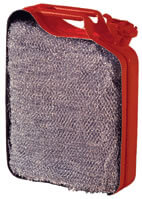
Fuel Can Opening/Sealing
Instructions
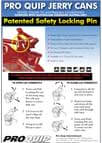
|
How to Open a Tight
Fuel Can Lid

|
How to Fix a
Metal Fuel Can

|
Safe Refueling tips from Worksafe Victoria
When refueling petrol or diesel powered portable equipment there must be safe systems of work in place to reduce the ignition risk.
These may include:
When Refueling:
- Turn the equipment off and give it time for the hot parts to cool down
- Remove the equipment from inside vehicles
- Remove the equipment from trailers or surfaces (eg plastic or rubber) to ground out any static charge built up on the equipment
- Refuel away from other heat and possible ignition sources
- Refuel in a well-ventilated area
- Do not refuel in low lying areas, where vapours can accumulate
- Refuel only from approved labelled fuel containers
- Use a funnel, to reduce the risk of static electricity and fuel spillage
- Ensure suitable fire extinguishers are readily accessible
- Replace fuel caps on equipment and fuel containers tightly.
For more information from Worksafe Victoria, visit their site.
When Transporting portable equipment and fuel containers:
- Allow the equipment to cool down before loading it onto a vehicle
- Ensure fuel caps are on tight
- Secure in the upright position in a well-ventilated space.
When Storing fuel onsite:
- Only approved labelled fuel containers are used
- Fuel containers are outside vehicles or structures, in a well-ventilated area.

